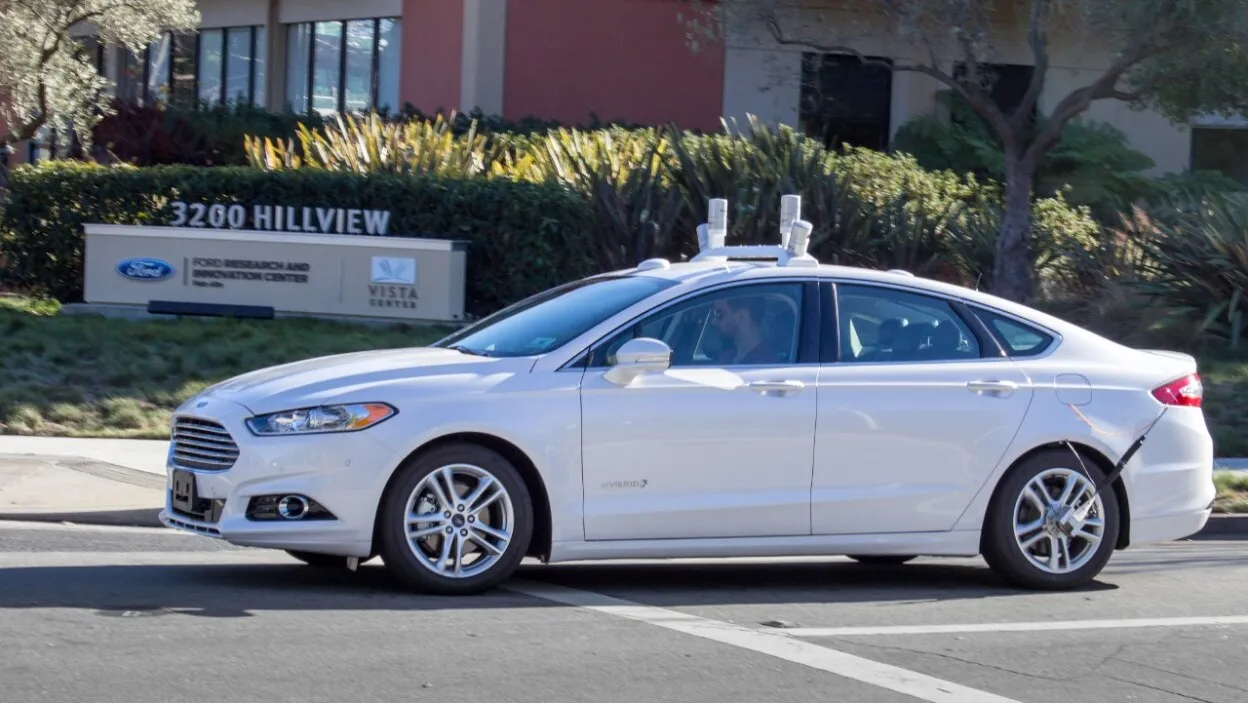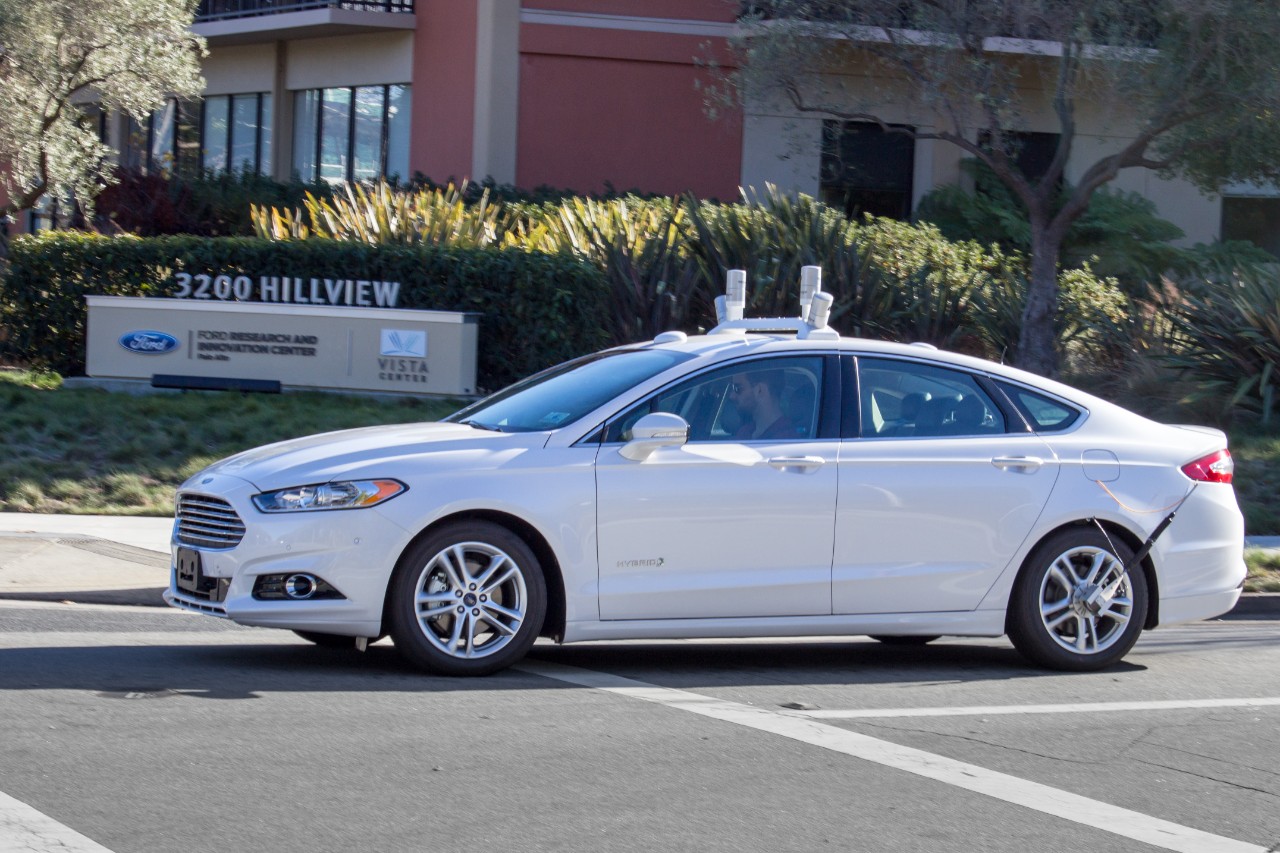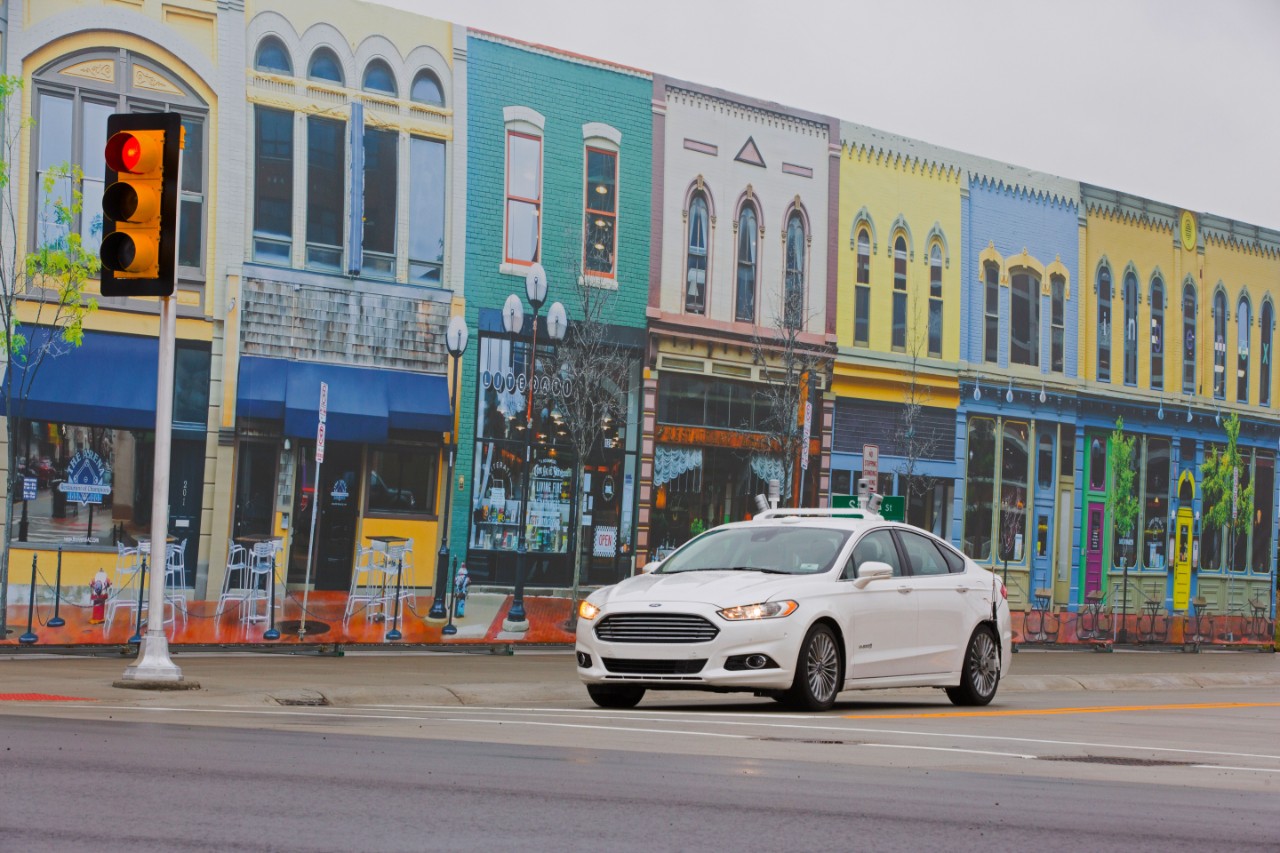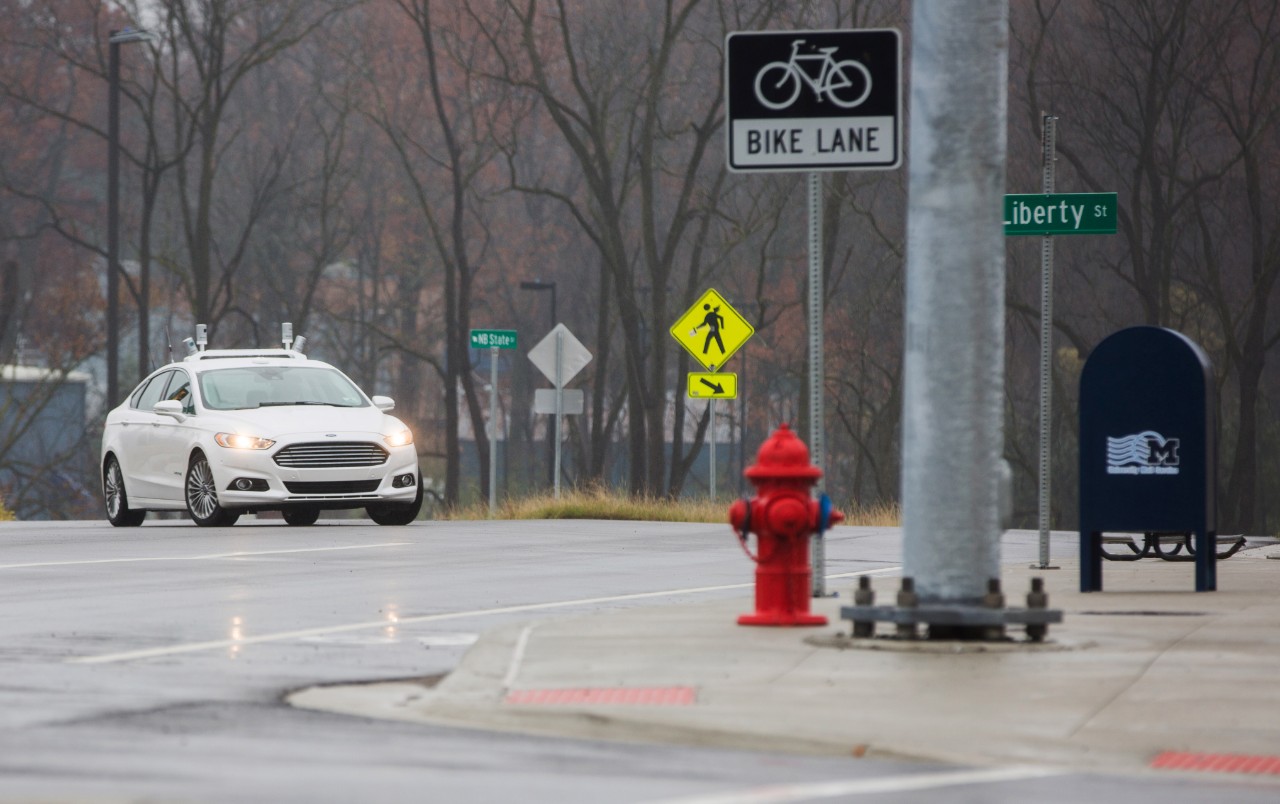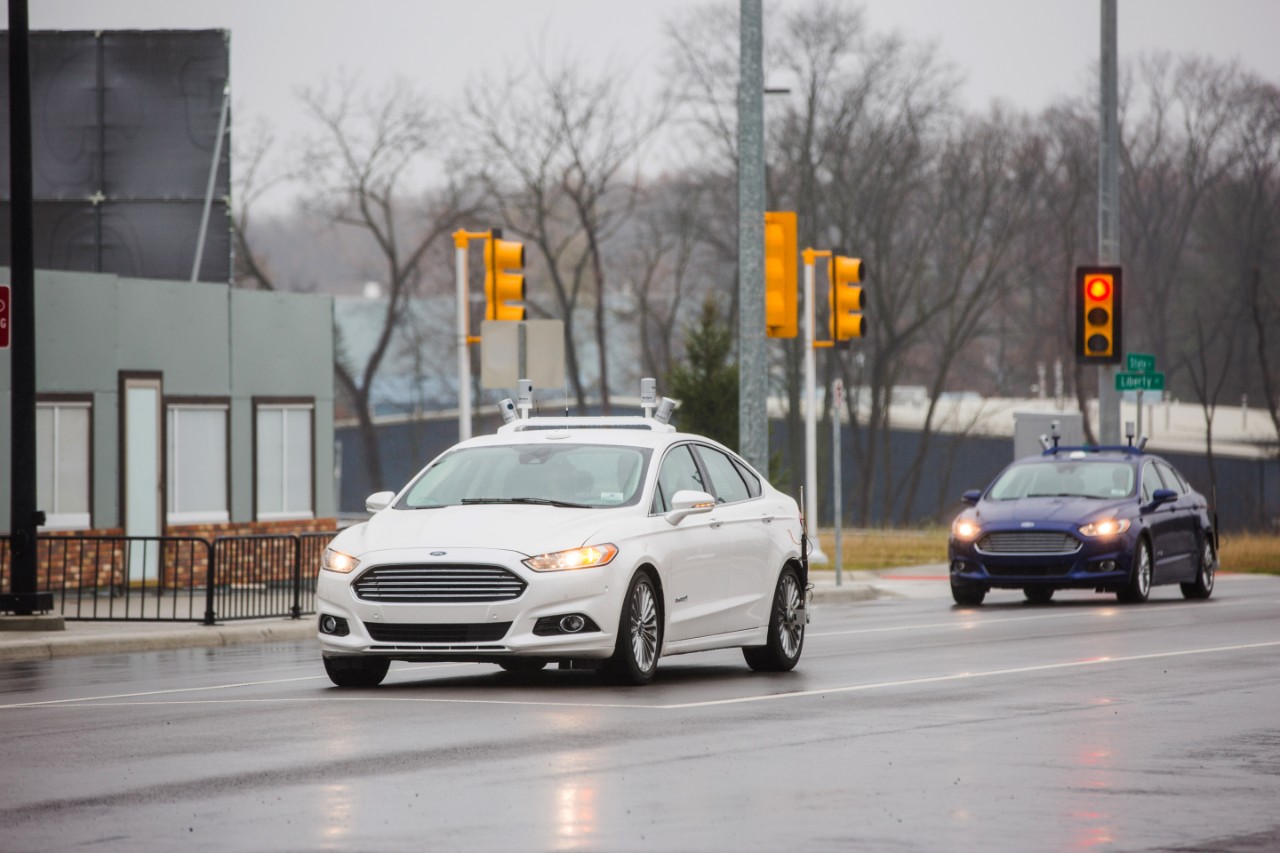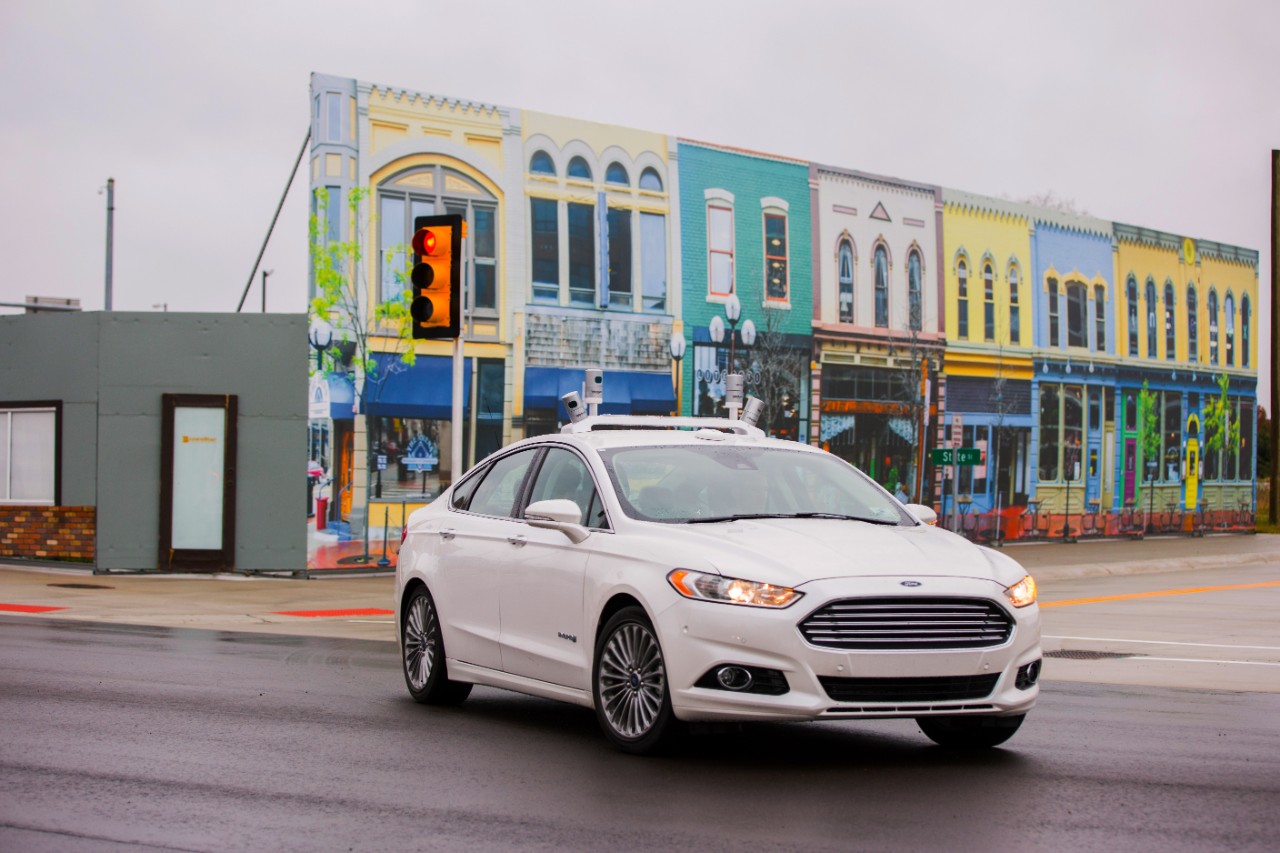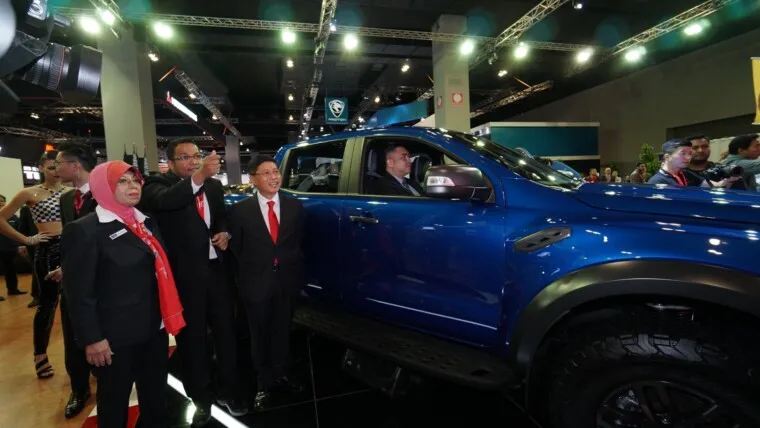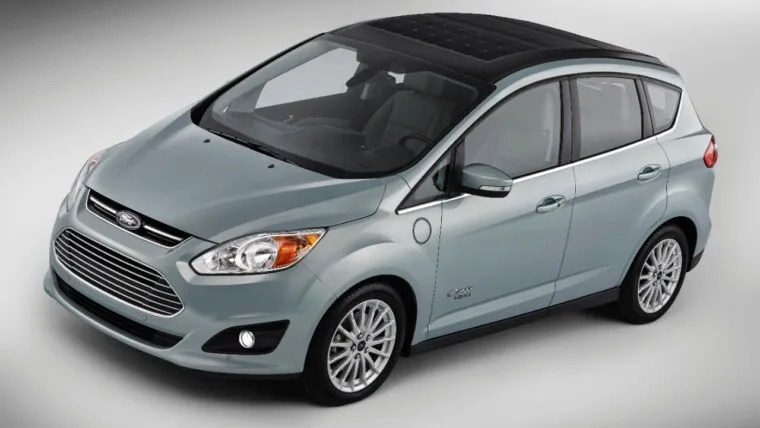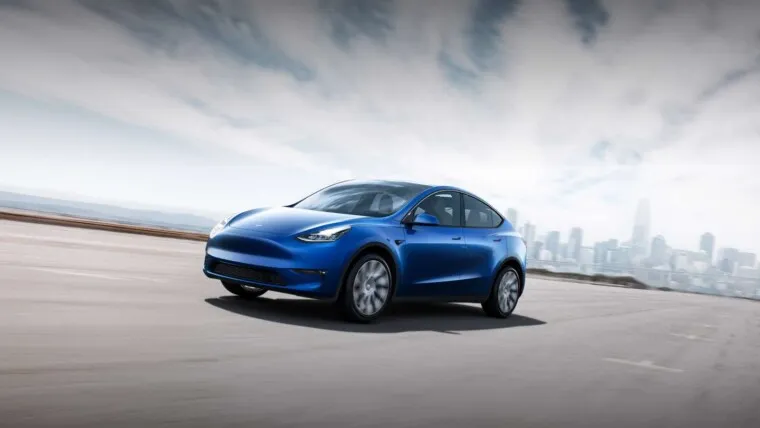Ford is tripling its fleet of fully autonomous Ford Fusion Hybrid test vehicles – making it the largest in the automotive industry – and will use a new-generation sensor technology as the company further accelerates its autonomous vehicle development.
This year, Ford will add 20 Fusion Hybrid autonomous vehicles, bringing the company’s autonomous fleet to about 30 vehicles being tested on roads in California, Arizona and Michigan.
“Using the most advanced technology and expanding our test fleet are clear signs of our commitment to make autonomous vehicles available for millions of people,” said Raj Nair, Ford executive vice president, Global Product Development, and chief technical officer. “With more autonomous vehicles on the road, we are accelerating the development of software algorithms that serve to make our vehicles even smarter.”
Building on more than a decade of Ford autonomous vehicle research, this expansion is a key element of Ford Smart Mobility – the plan to take Ford to the next level in connectivity, mobility, autonomous vehicles, the customer experience, and data and analytics. The newest vehicles are on Ford’s third-generation autonomous vehicle development platform, built using Fusion Hybrid sedans, similar to the second-generation platform.
Ford recently announced its fully autonomous cars will take to the streets of California this year. The company already tests autonomous vehicles at its proving grounds, as well as on public roads in Michigan. Ford was the first automaker to test a fully autonomous vehicle at Mcity – a 32-acre, full-scale simulated real-world urban environment at the University of Michigan.
Ford’s first-generation autonomous vehicle platform was built using a Ford F-250 Super Duty for participation in the DARPA challenges in 2005 and 2007. In 2013, Ford introduced its second-generation autonomous vehicle platform, using a Fusion Hybrid sedan.
Ford was one of only six teams to participate in both the DARPA Desert Classic and Urban Finals challenges, supported by four engineers who still are on the company’s autonomous vehicle development team.
“We’ve come a long way since DARPA,” said McBride. “A decade ago, no one in the field knew what the art of the possible was. Today, we’re all hustling to make the most ambitious dreams become a reality.”
The first-generation autonomous vehicle platform helped Ford understand that fully autonomous driving was technically feasible in the near future, and – through ambitious research – how it could achieve this.
Fusion Hybrid sedans were chosen for the second-generation vehicles because they have the newest and most advanced electrical architecture. With the latest generation of computers and sensors – including the smaller, but more advanced Velodyne LiDAR HDL-32E sensor – Ford’s autonomous vehicle platform moved a step closer to production.

